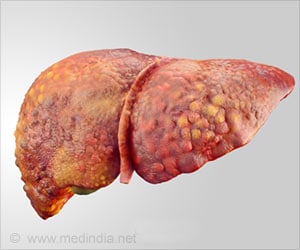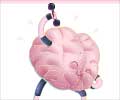Heart failure is a common end-point for many cardiovascular diseases, and aerobic exercises is likely to restore the cardiac protein quality control system.

‘More than 20 million persons worldwide are estimated to have heart failure, and this situation will get worse since the prevalence of heart failure will rise as the mean age of the population increases.’





Despite heart failure seems to be a multi-factorial syndrome, a common point observed by several studies was the accumulation of "bad" (or misfolded) proteins in cardiac cells of both humans and animals with heart failure, the researchers said. Proteins are like workers responsible for many chemical reactions required in keeping our cells healthy. Proteins are constituted by a sequence of amino acids that determines the protein "shape" (structure), which is critical for proteins to function.
During the evolution process, our cells developed a protein quality control system that refolds or degrades misfolded proteins, allowing them to keep only the "good" proteins, said Luiz H. M. Bozi from University of Sao Paulo in Brazil.
The findings showed that misfolded protein accumulation in a rat model of heart failure was related to disruption of the cardiac protein quality control system. No pharmacology therapy targeting the protein quality control system.
Further, aerobic exercise training was found to restore the cardiac protein quality control system, which was related to reduced misfolded protein accumulation. Aerobic exercise training also improved cardiac function in heart failure animals, said the paper published in Journal of Cellular and Molecular Medicine.
Advertisement
Source-IANS















